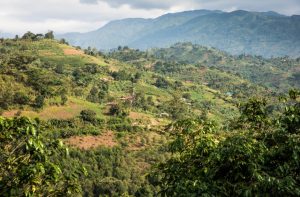Regenerative Organics: Drawing a Line in the Soil
In recent years, we’ve seen a boom in production and sales of organic foods worldwide. The global organic food market is expected to grow by
In recent years, we’ve seen a boom in production and sales of organic foods worldwide. The global organic food market is expected to grow by
Portugal’s renewable energy sources generated enough power to exceed total grid demand across the month of March, a new report has found, setting a standard

About one third of the world’s land, more than four billion hectares, is forest. Every year, this area decreases by an average of 13 million
Scientists arrived at this figure, which is around 16 times higher than previous estimates, by assessing aerial images alongside data from ships dragging nets through
Will Harris, a good ol’ boy Georgia rancher, may well be our nation’s best bet for a better, more sustainable future. He’s the subject of
This headline from the smart website newfoodeconomy.org caught our attention: “General Mills is transitioning 53 square miles of South Dakota farmland to certified organic.” That’s
Electricity generation from both natural gas and coal fell in 2017. At the same time, renewables – especially hydropower, wind, and solar – continued to
California’s drought-to-deluge cycle can mask the dangers Mother Nature can have in store. During one of the driest March-through-February time periods ever recorded in Southern
Biodiversity and Nature’s Contributions Continue Dangerous Decline, Scientists Warn Human well-being at risk. Landmark reports highlight options to protect and restore nature and its vital
A new study says that even in the ‘unrealistic’ event of a total halt to the flow of agricultural chemicals the damage will persist for